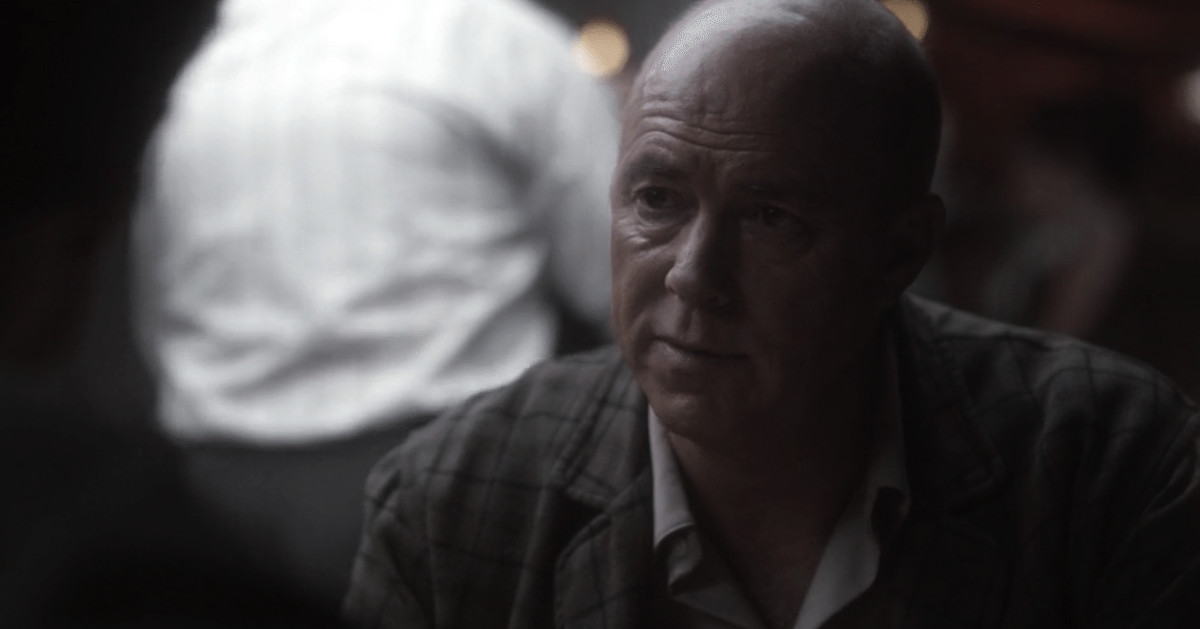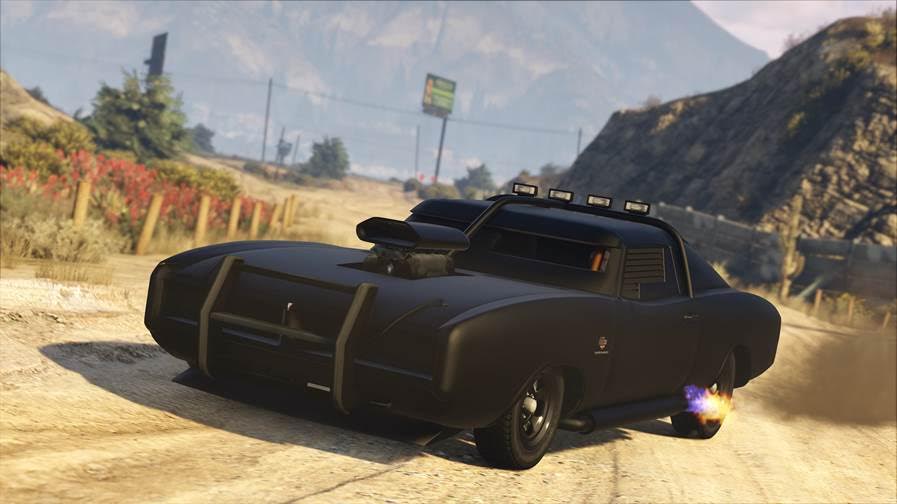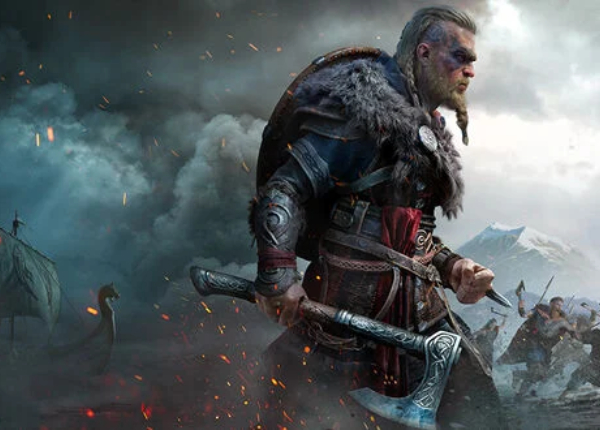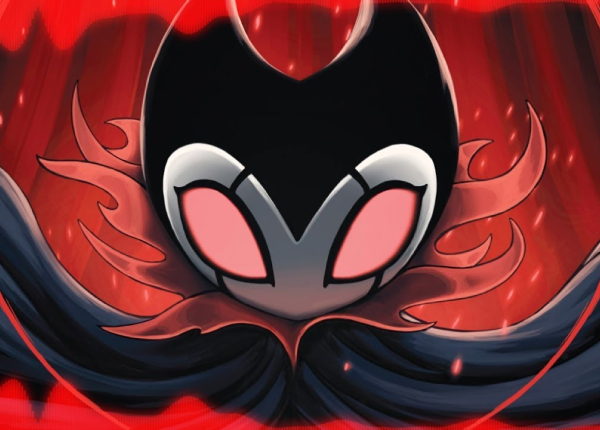Man in the High Castle season 3 finally explored its Jewish characters

There’s something cathartic about watching a show where people fight back against Nazis.
Such is the attraction to Amazon’s The Man in the High Castle, which depicts a world in which the Axis powers won World War II, and the Nazis and Japanese occupy the United States. As the world deals with what many political writers call new strains of fascism, a show that bluntly depicts Nazis as the unequivocal bad guys feels like a relief. The series shows what happens when extreme oppression is exerted over the masses, and how specific groups suffer. When the son of a prominent Nazi officer finds out he is chronically ill, the show deals with the Nazis’ policy of euthanizing the chronically ill and disabled. It delves into the pressure women are put under in the Reich to have children. Perhaps more than anything, it’s a stark reminder of how easily people can get used to anything.
Considering that, the first two seasons of The Man in the High Castle have a dearth of minority characters, particularly ones who are Jewish. Jewish characters are referenced throughout the show, but are almost never the direct focus. “Semitic terrorists,” the alt-history’s colloquialism for Jewish rebels, are mentioned frequently by the Nazis, but we rarely meet anyone who fits the bill. Even when we do interact with the Resistance, they’re usually not Jewish. In season three, which dropped on Oct. 5th, the show makes significant strides in exploring the Jewish underground world in a world that has gone to great lengths to snuff them out.
The two biggest Jewish characters on the series are Frank Frink (Rupert Evans) and Mark Sampson (Michael Gaston). In the first couple of seasons, Mark had only a small role as a hardware store owner, and as part of the small, secretly practicing Jewish community in San Francisco (since San Francisco is under Japanese control, rather than the Nazis, Jews are often allowed to fly under the radar). In season three, the show ups his role to series regular, and he plays a key part in Frank’s development.
This isn’t the first time he’s helped Frank open up to his identity. Frank, who is only a quarter Jewish, doesn’t identify as such when we first meet him in season one. When his family members are killed with the excuse that they’re Jewish, Mark helps Frank through the grieving process by reciting the traditional “kadish,” a Jewish mourning practice, with Frank. It is one of the most moving scenes in the entire show, as Frank finally breaks down and grieves for his family during the prayer. Throughout the entire first two seasons, we see how this loss tortures Frank, and causes him to really confront and struggle with his Jewish identity.
:no_upscale()/cdn.vox-cdn.com/uploads/chorus_asset/file/13267067/the_man_in_the_high_castle_season_3_MITHC_303_11178_RT_S1_rgb.jpg)
Amazon Studios
The first time we see Frank and Mark in season three, they are in a little town out in the desert in the Neutral Zone. With crosses posted all around it, the enclave masquerades as an Christian haven. In fact, the entire town is populated by Jews, secretly practicing, living, and more importantly, surviving. This is the first time we see Jewish characters living on a large scale in the show. Their name is Sabra, for a type of cactus that thrives even in the middle of the desert. The town is not invested in fighting the Nazis. Their goals are more long term than that. They know they can’t risk getting wiped out by participating in dangerous missions to overthrow the Nazis. Their survival is the most potent act of defiance they can think of.
It’s not idyllic, though. The town still very much lives in danger. The Neutral Zone is a bit like the Wild West. It has no laws, but there are plenty of bounty hunters to hunt down those they know are wanted by the Reich or the Japanese. The first time we encounter Sabra, a bounty hunter makes his way there looking for Jews to kill, and has to be taken out. The community lives in fear every day that they’ll be outed. In case you really wanted to see some Jews kick some ass though, Mark does shoot a couple of these bounty hunters that have been threatening his community.
And what of Frank? How is he doing, living among a people he has long rejected as his own? For the first time in three seasons, he’s at peace. It turns out, embracing the religion he’s been so conflicted about, was just the antidote. Apparently Mark brought Frank there after he almost died at the end of season two. (I really hope we get to see more of Mark’s wife Lila, played by Janet Kidder, the strong leader of this secret community.) Perhaps the most moving moment of the entire season is when Sampson performs Frank’s bar mitzvah. As they lift Frank up in a chair in celebration, Frank’s face is full of complete and utter joy. He’s home.
He also has a new way of resisting. Gone is the Frank from last season who blew things up. In his new life, he’s back to being an artist, and he keeps painting one thing: a sunrise for a new world, a new dawn. Other characters report that copies of the painting have been plastered all over the Neutral Zone and the West Coast, much to Japanese Inspector Kido’s chagrin. It’s also the symbol for the season; if you look at exactly where the Nazi flag has been re-stitched together, you’ll see a sun rising over the hill. In an incredibly dark show, Frank, his sunrise, and Sabra are lights of hope.
Frank still has choices to make this season. When the love of his life, Juliana Crain (Alexa Davalos) shows back up and asks her to come with him, for a moment he seriously considers it. It’s a wonderful dream, to travel across the country recruiting for the resistance, but it only lasts for a moment before he declines. Much as he loves the idea, he has found his family and his home now, and he’s not leaving it.
It’s a shame then, what happens next. After Juliana leaves, Frank and his best friend Ed decide to travel the Neutral Zone to plaster Frank’s new painting — a painting directly advising people to rise up against the fascists, with a figure that looks remarkably like Inspector Kido with the sunrise slashed over his face — on every surface they can find. At their first stop in Denver, Frank gets arrested by Kido, who has come to the Neutral Zone looking for him. Kido drives Frank out into the desert, and stops at a spot he says used to be a Japanese internment camp.
As Frank kneels down to be executed, he tells Kido that he no longer fears death. He then recites the Shema, a Jewish prayer to be said in times of distress, which asks that God hear the people of Israel, and is also traditionally a prayer one might say on their death bed. Knowing who he is now, and being at peace with that, Frank is okay with how he leaves this world.
It’s a shame that with Frank finding meaning in this world, he is promptly killed off. A major part of me was looking forward to what Frank was going to do next in his enlightened state. Mostly I just hope that the show’s exploration into Judaism in this world doesn’t die with Frank. If Mark and Lila could pick up the torch next season.
The Man in the High Castle in past seasons has dipped its toe into depicting how Jews are dealing; this season it dives right in. Its study into what makes a Jewish identity, especially for a character like Frank Frink, who has suffered so much, and whose initial ties with the religion are tenuous at best, is complex, and beautiful at its conclusion. In a very large country, we have truthfully only seen a very small part of how Jews are coping, but the Sabra community is a good introduction. It is my hope, that in a series where showcasing minorities couldn’t be more important, that they continue the steps that they have taken this season, and take it much further in the next. This ending feels like a beginning.
Linda Maleh is a New York City based entertainment writer. She is a staff writer for The Game of Nerds where she writes about all things television and film related. She has her own blog TV to Talk About, and has written for the NY Blueprint. You can follow her on Twitter as @ljmaleh and on Facebook as TV2TalkAbout.
[ad_2]
Source link





